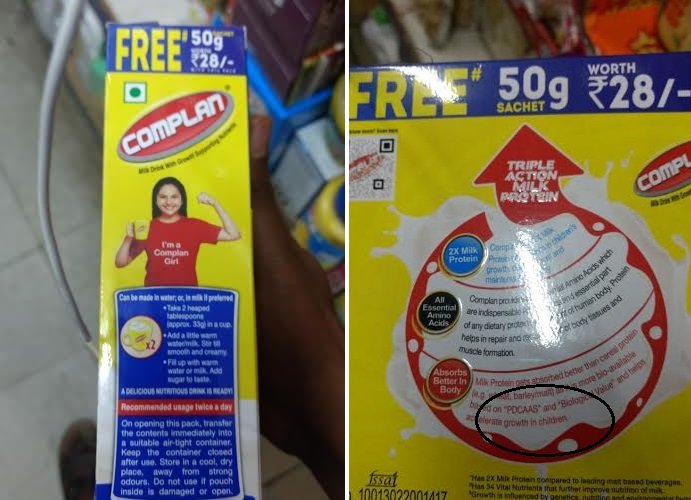A nine-year-old girl from Guwahati noticed blatant sexism on a packet of ‘Real’ fruit juice, something that most of us failed to.
She saw that the Dabur product is telling this to the parents: “Something that is good for your child should also make him smile.” And she rightly objected to it, given that the product is meant for “him” and not “her”.
Dabur, the company that owns the juice brand, may revise the text. This is after women and child development minister Maneka Gandhi took the matter up with Dabur on a complaint by the girl’s father.
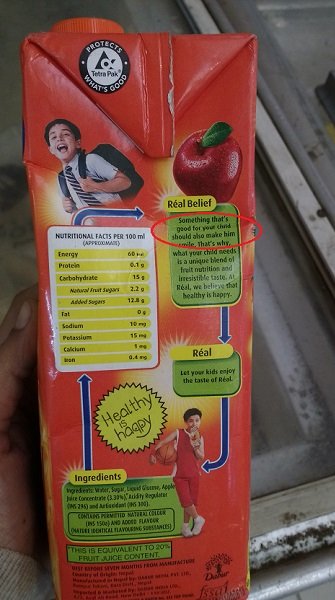
While we hope the company acts on its word, the episode made us wonder whether such sexism is limited to Dabur or extends to other brands targeting children as well.
So we first checked out Real’s rivals in the market.
Pepsi-owned Tropicana, we found, doesn’t target children and so is not marketed to parents. No question of ‘his’ or ‘her’.
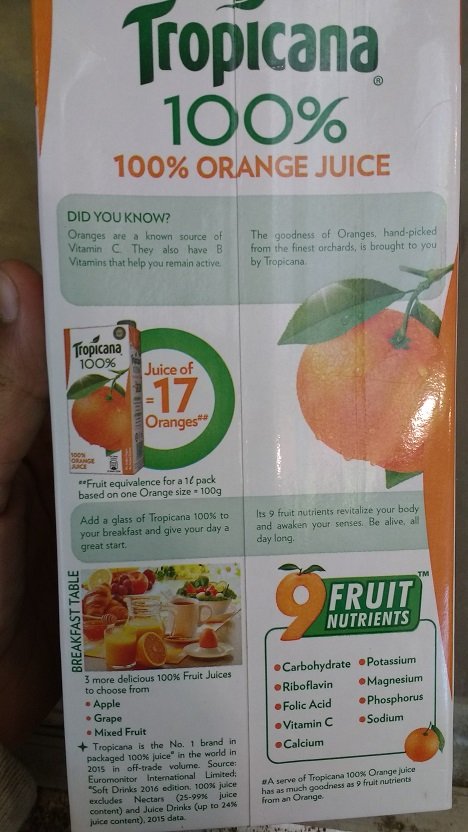
ITC’s B Natural juice, again, doesn’t have children particularly as its target consumers.
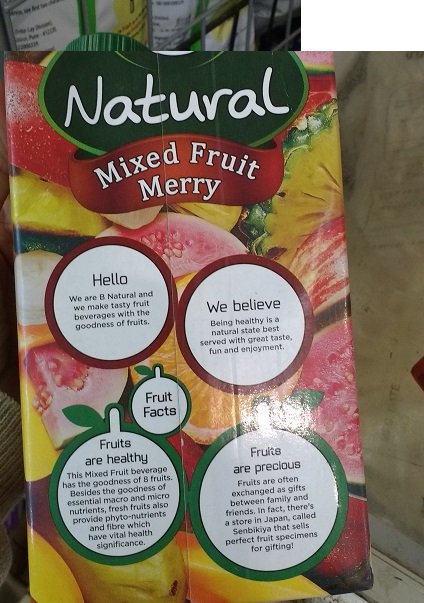
This made us notice that Dabur’s juice brand markets itself differently from its rivals. Nevertheless, we moved on to health drinks that largely focus on children.
And here, we were left a bit disturbed.
Horlicks, owned by UK’s Beecham Group, keeps the text gender-neutral by evading ‘his’ or ‘her’ and keeping it simply ‘your child’. But we wondered why the child in the picture had to be necessarily a boy.
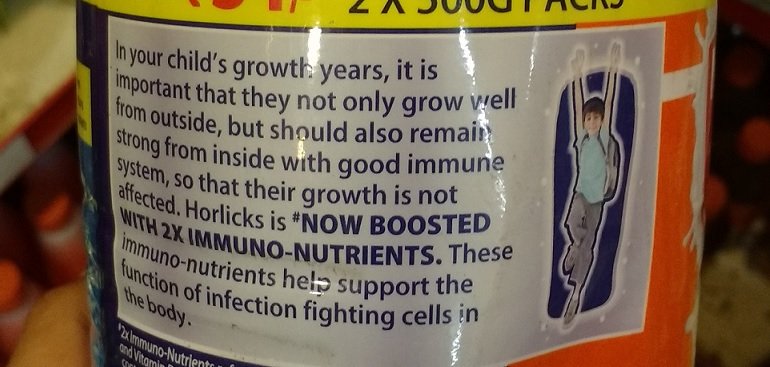
Swiss brand Nestle, again, didn’t have sexism in its text. However, it had it on the rest of the packet. Two images on the packet, both turned out to be a boy child’s.
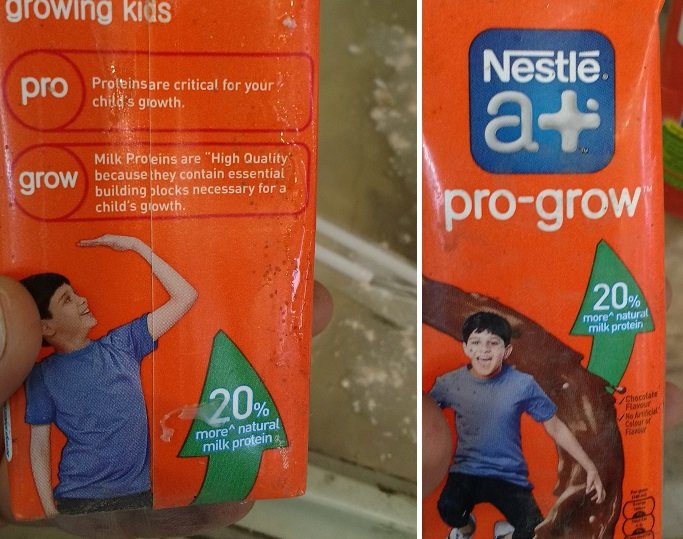
But there was respite. British company Cadbury’s Bournvita not only got it right in the text but also in the images. Turns out the brand uses both a girl child and a boy child’s image, one at a time.
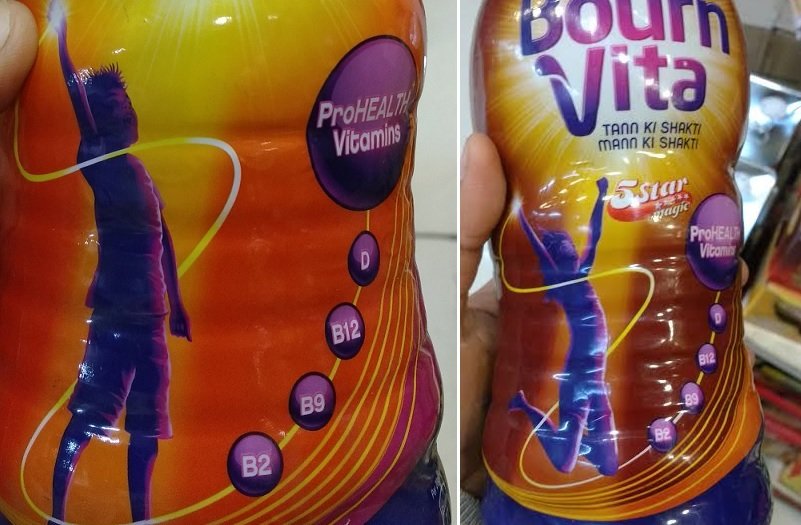
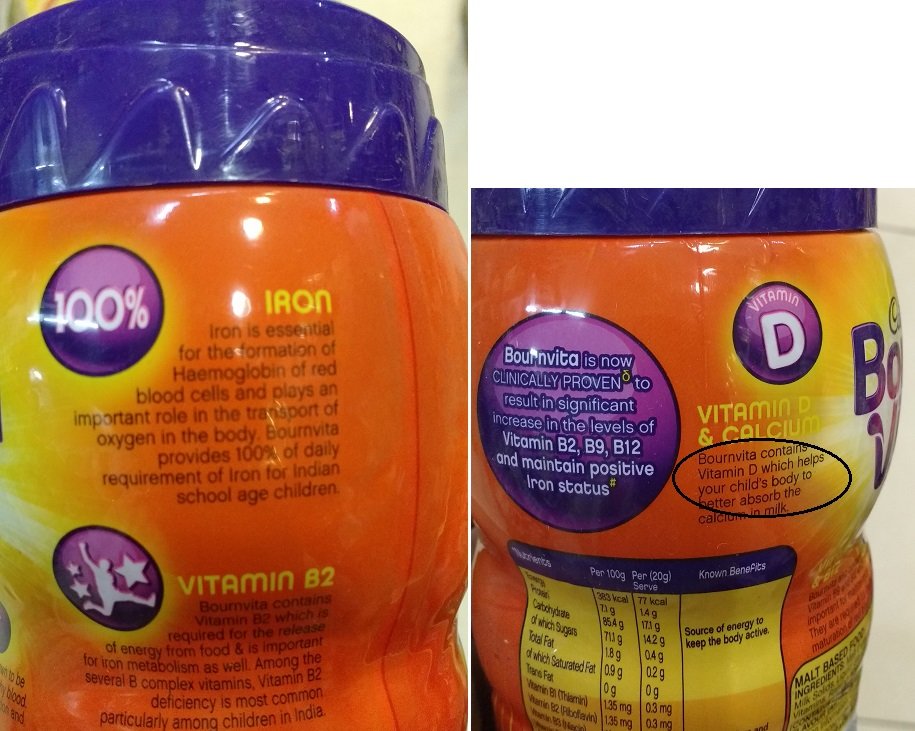
Complan, owned by US-based Heinz, has long followed the tradition of gender neutrality. ‘I am a Complan girl’ has always been as much a thing as ‘I am a Complan boy’. And it continues.
